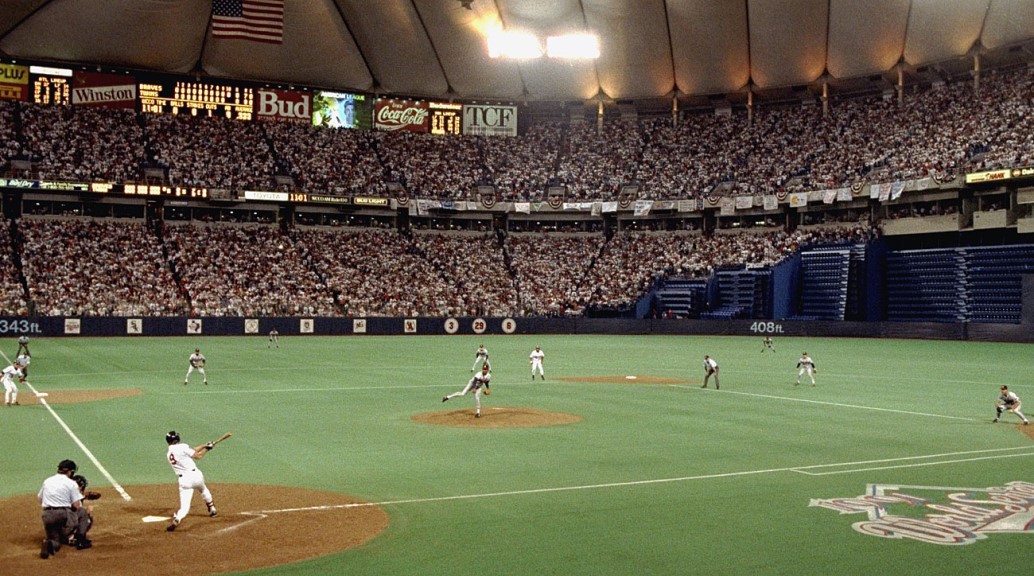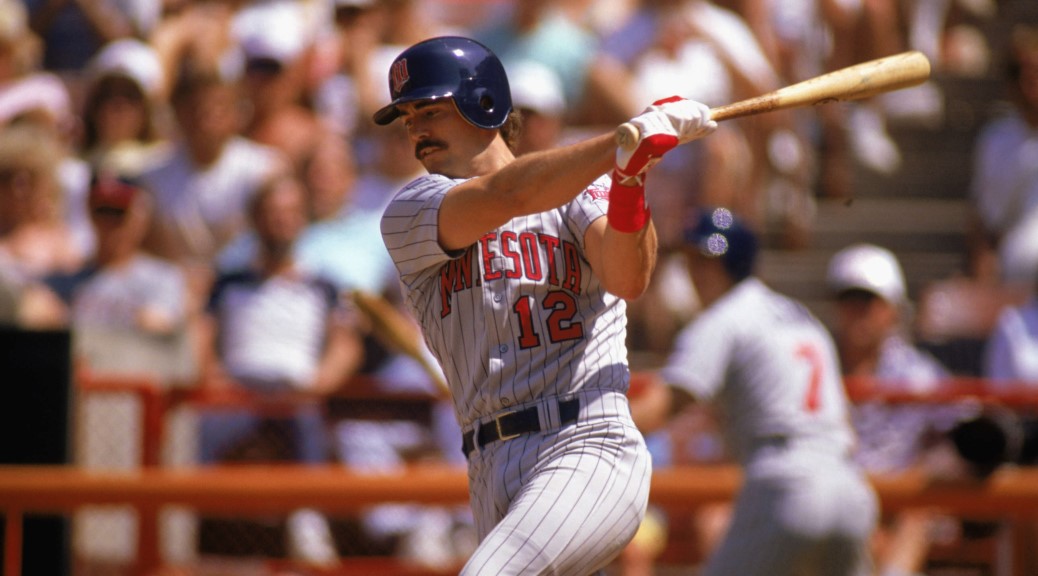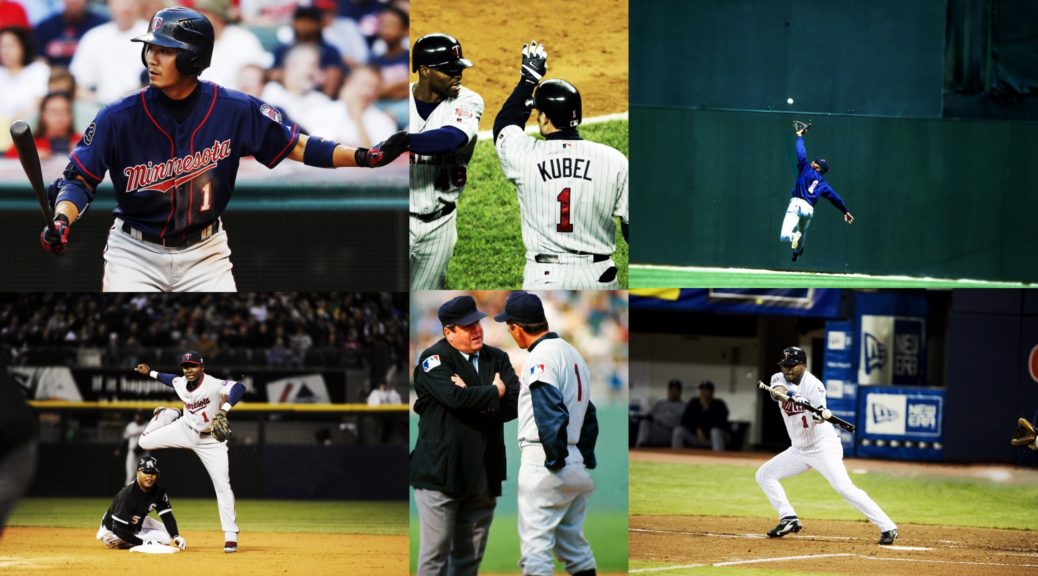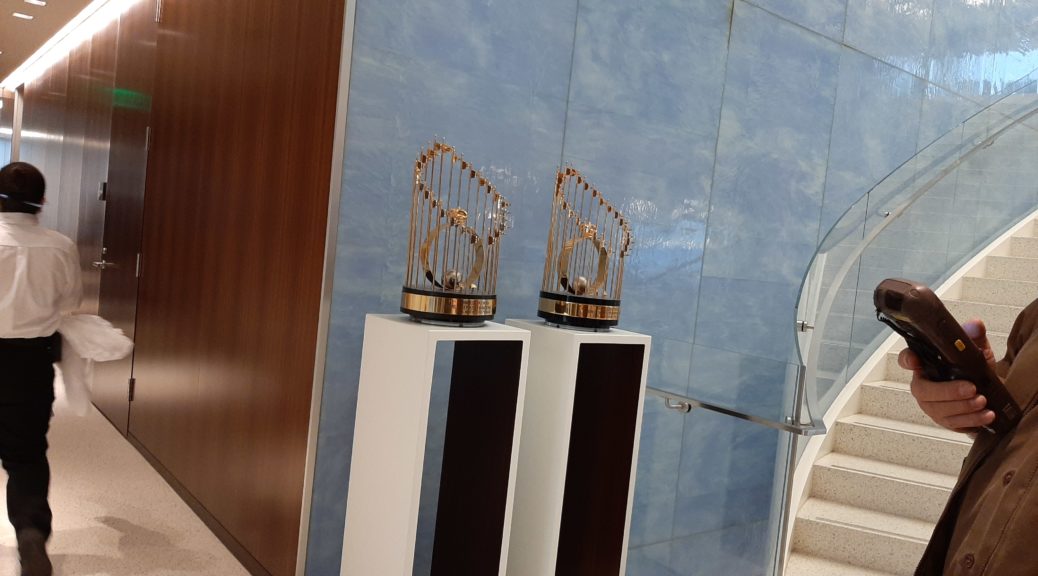MINNESOTA 1, ATLANTA 0 IN MINNESOTA (10 INNINGS)
Date: Sunday, October 27.
Batting stars: Dan Gladden was 3-for-5 with two doubles. Brian Harper was 2-for-4.
Pitching star: Jack Morris pitched ten shutout innings, giving up seven hits and two walks and striking out eight. He threw 126 pitches.
Opposition stars: John Smoltz pitched 7.1 scoreless innings, giving up six hits and a walk and struck out four. Lonnie Smith was 2-for-4 with a walk.
The game: Obviously there was no score through nine innings, so we'll detail the threats. In the second, the Twins got a pair of two-out singles. With one out in the third, Rafael Belliard singled and Smith walked. Gladden hit a one-out double in the bottom of the third but did not advance.
The Braves had a significant threat in the fifth. Mark Lemke led off with a single, was bunted to second, and went to third on Smith's infield single. But Terry Pendelton popped up and Ron Gant struck out to end the inning.
The big threat came in the eighth. Smith singled and Pendleton doubled, putting men on second and third with none out. This was the famous Chuck Knoblauch deke play, where he fooled Smith by pretending to field a ground ball and throw to second. Still, Atlanta had the middle of their order coming to bat. But Gant grounded out, David Justice was intentionally walked, and Sid Bream hit into a 3-2-3 double play to keep the game scoreless.
The Twins had a threat of their own in the ninth. Chili Davis and Brian Harper led off with singles. Shane Mack hit into a double play, but pinch-runner Jarvis Brown was still on third with two out. But pinch-hitter Paul Sorrento struck out and the game continued.
The Braves went down in order in the top of the tenth. Gladden led off with a bloop double in the bottom of the tenth. Knoblauch bunted him to third. Kirby Puckett and Kent Hrbek were both intentionally walked, loading the bases. With the outfield drawn in, pinch-hitter Gene Larkin then hit a fly ball to left-center, which fell for a hit and won the game and the series for the Twins.
WP: Morris (4-0). LP: Alejandro Pena (0-1). S: None.
Notes: Randy Bush pinch-hit for Greg Gagne in the eighth. Al Newman then pinch-ran for Bush and stayed in the game at shortstop. In the ninth, Brown pinch-ran for Davis and Sorrento pinch-hit for Newman. Scott Leius came into the game in the tenth at shorstop. Larkin pinch-hit for Brown in the tenth.
What a game. If you've watched it, there's probably not much I can tell you about it that you don't know. If you haven't, I probably can't do it justice.
Morris pitched about as good a game as you will ever see anyone pitch in that situation.
Gladden gets a lot of credit for aggressive baserunning in the tenth, and I guess he deserves it, but I remember thinking as I saw the ball dropping in that it should be a double.
I always think about how close Jarvis Brown came to being a World Series hero. When he pinch-ran in the ninth, he came that close to scoring the deciding run. But, of course, it didn't happen.
The Braves eighth was amazing. Even with Smith's baserunning blunder, I still thought they would score at least once and probably win. I can still remember how awesome that 3-2-3 double play was.
The only bench player the Twins had left was Junior Ortiz. Had the game continued, there would've have been almost no moves for Tom Kelly to make beyond pitching changes.
I don't remember if the Twins had anyone warming up to come in to pitch the eleventh or if Morris would've gone back out there.
So, the Twins were World Series champions. We'll do a couple of statistical wrap-up posts before we let go of 1991 Rewind. Thanks for reading!
Record: The Twins won the best-of-seven series four games to three.







